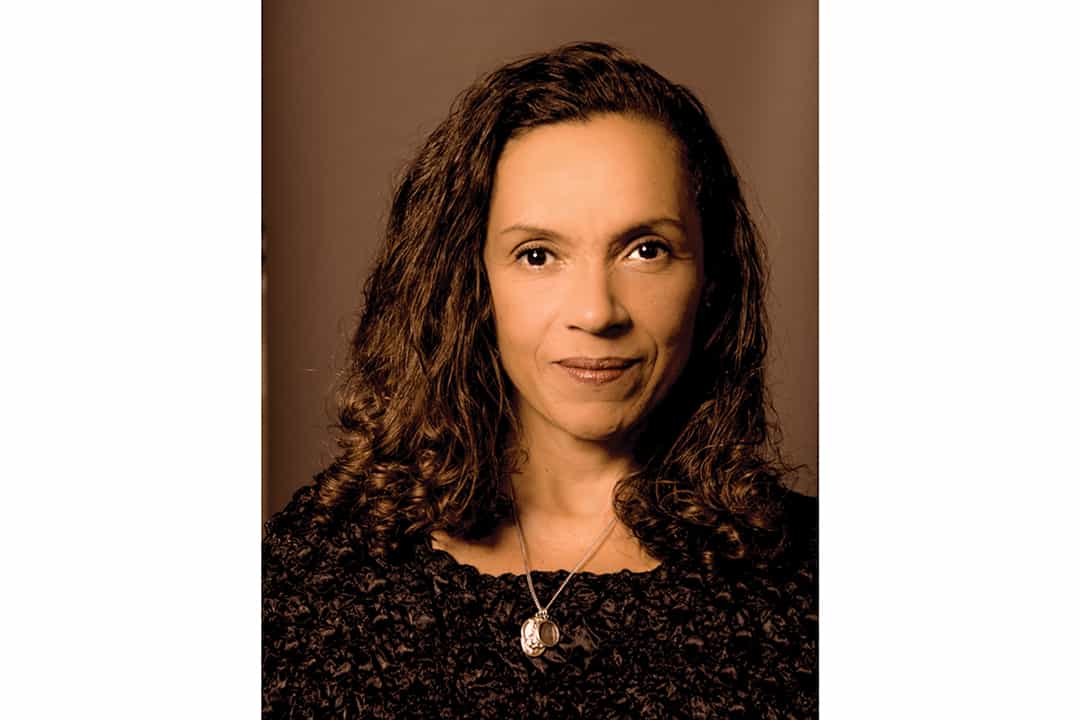I am often reminded that U of T attracts extremely creative people, despite the fact that it may not always be the environment most conducive of creative expression. This was made abundant all throughout Black History Month, as students collaborated to showcase many incredible artists.
And of course, one would expect that we also have some very creative professors, as I learned was the case with Andrea Thompson, a sessional lecturer on spoken word poetry at UTM. Thompson recently released a spoken word album exploring the intersection of faith and Black history, and in an interview with The Varsity, she discussed the power of art, spirituality, and deconstructing narrative.
Using words
Literature has always played a large role in Thompson’s life, with her grandparents introducing her to poetry at an early age. She recounted how her grandmother would randomly recite poetry in the midst of conversation, teaching Thompson that poetry had to be spoken aloud in order to really come alive.
Though she always wanted to be a poet, she went to university for journalism, thinking of it as a more practical way to make money off her writing. However, she eventually switched into a creative writing major with a psychology minor, deciding it was important that journalists have the same passion for their work as she had for poetry.
After graduating, Thompson moved to Vancouver and started working for a radio show on slam poetry. “I needed to make friends,” Thompson said. “I was never really comfortable as a child or adolescent… and I think that really fed into my love for writing because it was a way that I could communicate clearly.”
Though she didn’t immediately host the show, she would collect information on local artists and pass it over to the show runner. After spending enough time in the community, Thompson eventually tried performing her own work, and though she thinks it went poorly, she loved the feeling of receiving immediate feedback.
“This idea of a live audience and the idea that people felt the way I felt or thought the way I thought was just profound for me,” Thompson said.
Art, faith, and history
Thompson noted that while younger artists tend to be inspired by emotions — which is why much of their work focuses on social justice — as she’s gotten older, her work has more so reflected intellectual pursuits.
For example, on her most recent album, The Good Word, she explores the intersection between history and faith. For example, the first track, “Ode to Harriet Tubman,” traces the connection between Tubman and Moses, whose name was used as her code name.
“I used the spiritual ‘Go Down Moses’ because Harriet Tubman was referred to as Moses… in this way, people who were in bondage and wanted to escape slavery could use these songs as a literal method of covert communication,” Thompson explained.
The words and music on the track are spacey, echoey, and repetitive, mimicking the sound of spirituals and religious chants. She felt it was important to include background music to the tracks, given how important religion has been to the development of Black music.
She also noted that the album is a historical reconstruction, since Christianity has often been characterized as the white man’s religion. “[I heard] things in culture about Christianity… and it being related to white supremacism, and I was like, ‘That is not my experience at all, and it’s not what I see, and it’s not what I understand from history.’ So it became something I really wanted to investigate.”
Thompson said that through her research, she found out that faith, whether it be Christian or not, was not just important for civil rights leaders like Martin Luther King Jr, but that Christianity also had deep ties to Africa in antiquity. It made her realize that the connection between white supremacy and theology of Christianity is propaganda.
“[The] coupling of white supremacy and Christianity is mythological,” Thompson said. “I have a lot of assumptions about what Christianity is… [but] it has been a cornerstone of the Black community… [and that deconstruction] is hopefully what I’m trying to do.”


